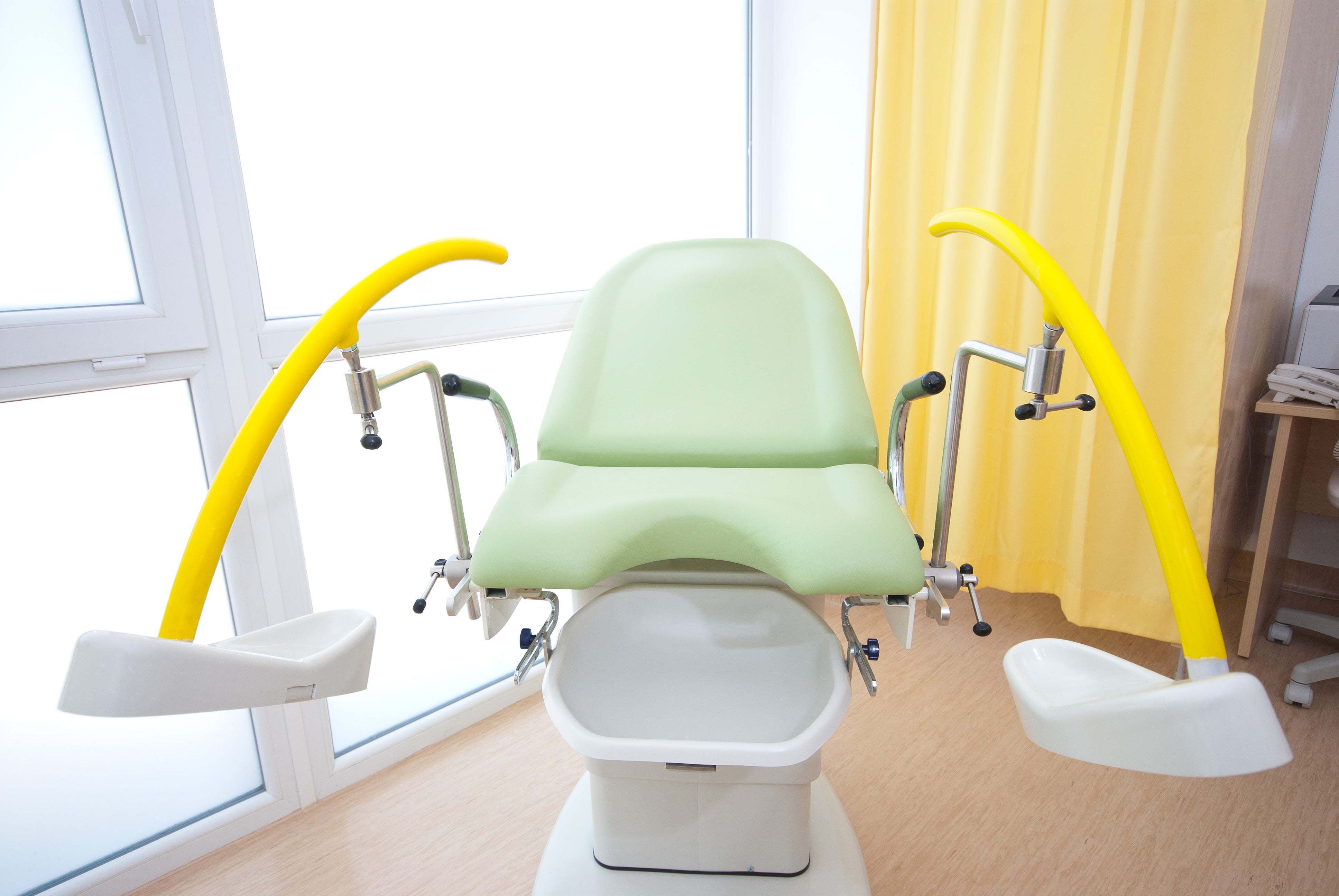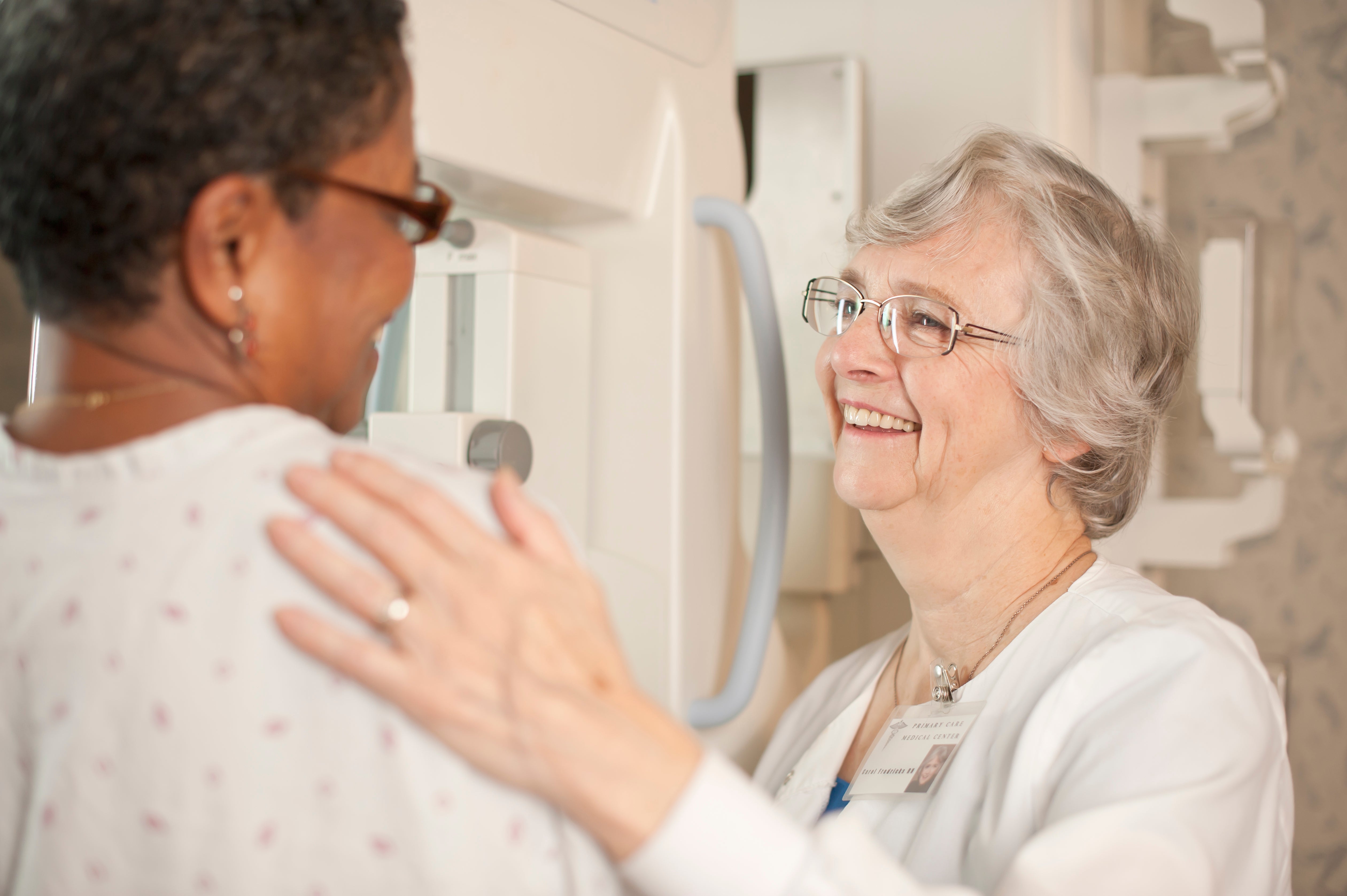brightcove id=5323271122001]
This article originally appeared on Health.
This article originally appeared on Health.
You probably don’t think of gynos as rebels. But the best ones don’t always abide by the rules. “Medical societies and government organizations give recommendations,” says Lauren Streicher, MD, clinical associate professor of obstetrics and gynecology at the Feinberg School of Medicine at Northwestern University and the author of Sex Rx. “But I don’t always stick to them. I follow what the literature shows.” (As in, peer-reviewed studies.) She’s not alone. Top doctors told us they aren’t afraid to disregard conventional thinking when caring for patients and themselves. Here’s what they really think about birth control, hormone therapy, when to get a mammogram, and other hot-button topics.
Research shows that about 40 percent of women report problems in the bedroom. But patients tend not to bring up desire or orgasms in the exam room, says Dr. Streicher. Here, she shares some pointers she wishes more women knew.
Choose silicone-based lubes. Not only are they thicker and longer-lasting than water-based lubricants, but they also tend to be less irritating to sensitive vaginal tissues.
Masturbate more. Flying solo may help you have more enjoyable sex with your partner. It can stimulate blood flow to the pelvic area, triggering the production of more moisture, which might help alleviate any dryness that makes sex painful.
Get a vibrator. Back in the ’70s, experts warned about “vibrator dependency.” Nonsense, says Dr. Streicher: “Gynos today recommend a vibrator to not only enhance pleasure but also help women reach orgasm.”
Decades ago, researchers discovered that women on the pill had a higher risk of stroke. And since migraines have been linked to stroke risk, you may have been warned off hormonal birth control if you get these headaches.
Why Doctors Break It: Experts now attribute the risk associated with birth control to the high doses of estrogen in older versions. Back then, a single pill contained about the same amount you’d find in five of the lowest-dose pills today. For women with migraine, recent research shows that today’s very- and ultra-low- dose pills are safe, as long as they predictably inhibit ovulation. “The risk of stroke seems to disappear entirely with these options,” says Anne Calhoun, MD, a researcher at Carolina Headache Institute in Durham, North Carolina. The CDC still advises women who get migraines with aura (i.e., sensory symptoms) to avoid hormonal birth control, and gynos tend to heed that guideline.
Meanwhile, the pill can actually help ease menstrual-related migraines if you skip the placebo phase. “Around the start of your period, estrogen levels drop, which can trigger a migraine,” says Dr. Minkin. Starting a new pack right away provides a steady dose of estrogen and may help you avoid a head-pounder.
Because the risk of breast cancer is higher for women in their 50s than for those in their 40s, and false positives are more common in younger women, the USPSTF recommends starting routine biennial mammograms at age 50.
Why Doctors Break It: In 2015, an estimated 46,350 women were diagnosed with invasive breast cancer before they turned 50, according to the ACS. “We know that young women are at risk of breast cancer,” says Pamela Berens, MD, professor of obstetrics and gynecology at the McGovern Medical School at the University of Texas at Houston. “What’s more, breast cancers in younger women tend to be more aggressive.” One risk factor: having a family member who’s been diagnosed before the age of 50. Dr. Berens started getting annual mammos when she turned 40 and talks to her patients about doing the same.
In 2014, the American College of Physicians concluded that routine pelvic exams (with speculum and bimanual exam) in average-risk women without symptoms aren’t necessary. (The recommendation did not apply to Pap smears.)
Why Doctors Break It: Disease symptoms aren’t always obvious. Take uterine cancer: The first clue tends to be irregular bleeding, which patients may not always realize is a problem, says Dr. Streicher. Regular exams also help track changes. If your gyno finds what she suspects to be a benign uterine fibroid, for example, she should still monitor it to make sure it doesn’t grow over time. As Dr. Streicher puts it, someone needs to keep tabs on what’s going on down there. “If your gyno doesn’t look in your vagina, who else will?”
Prior to 2002, it was far more common for doctors to routinely prescribe hormones to ease menopause symptoms, such as hot flashes and insomnia. But that year, a clinical study suggested that estrogen-progesterone hormone replacement therapy increased the risk of breast cancer. “Many docs became reluctant to prescribe it,” says Dr. Streicher.
Why Doctors Break It: Many menopause experts disagree with the recommendations that resulted from the findings, says Dr. Streicher: “The data was very problematic, and women received a different formulation than we generally prescribe today.” More recent research has shown that lower-dose hormone therapy (HT) for menopause symptoms is low-risk. (One exception: If you have or have had breast cancer, HT is not recommended.) And ob-gyns take it themselves: A 2013 study found that 74 percent of female gynecologists and partners of gynos in New York City were using or had used HT, but only 18 percent prescribed it to their patients. What’s more, a patient who is doing well doesn’t need to go off low-dose HT, says Dr. Streicher: “There’s no scientific evidence to support stopping at five years, which is why most menopause experts are comfortable prescribing it longterm.”
Organizations like the U.S. Preventive Services Task Force (USPSTF) and the American Cancer Society (ACS) have stopped recommending that doctors teach their patients formal self-exams, citing evidence that doing so does not reduce breast cancer deaths and can lead to unnecessary procedures.
Why Doctors Break It: The idea that breast self-exams aren’t worth doing is ridiculous to many of the ob-gyns whose patients have detected a lump that turned out to be cancerous. “I encourage my patients to massage their breast tissue once a month,” says Mary Jane Minkin, MD, clinical professor of obstetrics and gynecology at Yale School of Medicine, who does the same herself. You don’t need to follow any prescribed procedure, and you aren’t necessarily looking for a lump, she says: “You’re feeling for any change that suddenly appears and then doesn’t go away.” If you notice anything unusual, see your doc ASAP.





